What is Trust?
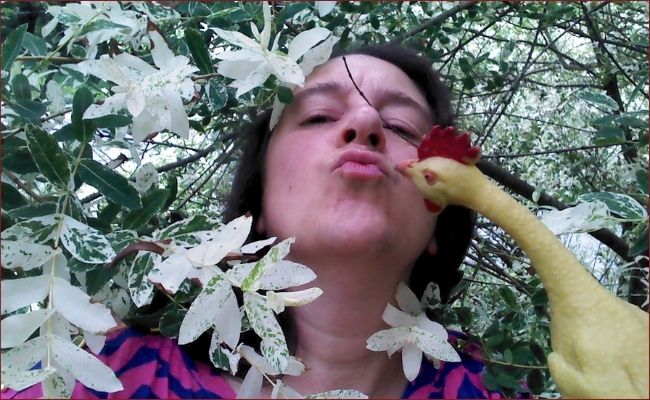
Trust the Chair
In the beginning of my Whole Heart Connection workbook, and at the beginning of any Whole Heart Connection workshop, I do a lot of talking about trusting your chair—and about trust in general as a relaxed and expanded sensory mode. There has been some confusion around my usage of the word “trust,” and I would like to explore it.
Through a sophisticated research process (mostly interviewing my neighbors, who are used to my ruthless sense of inquiry) I am discovering that my understanding of “trust” is different than the norm, in ways that are completely typical of me. So… duh. As I explain, please keep that “duh” in mind.
I am discovering that for most people, “I trust you” = I can assume that you will not be a source of pain for me.
I am learning that for most people, trust is 1) about pain avoidance, and 2) about not having to think or be aware on a moment-by-moment basis. It’s almost like an opportunity to go on automatic. Trust = I don’t have to think about this, it’s fine, it won’t hurt me. No need to maintain awareness; assumption will carry me.
Functionally, in action, this seems to be what trust means to a lot of people.
Trust and Safety
I think that this is similar to the discussion around safety that I re-introduce in my last blog. It’s the idea that if we define safety as “I will not experience pain,” then we are doomed to never feeling safe—because it’s already happened. We’ve already been hurt, we carry the scars, and thus no feeling of safety anywhere ever again.
That’s an awfully life-limiting definition of safety, and thus I suggested in my last blog that a healthy sense of safety is based on the understanding that there is a very big difference between pain and harm. Pain happens, and if we are adequately resourced, we move through it and we heal. I’m not saying it’s a wonderful experience—but it is harm-less.
I have been taking this orientation towards the experience of trust, such that “I trust you” means “I am actually in touch with the reality of you, enough that I can feel what’s what, here and now.” Under such conditions, I’m not likely to be harmed, because I’m aware, and I’m relaxed enough to adapt. I can meet you as you are.
Polyvagal Theory
For those who are familiar with Polyvagal Theory, in practice this is a page right out of that book. What I am calling trust is safe because we are relaxed enough to be in the expanded state of awareness that our ventral vagal pathway brings.
Thus my sense of trust does also include a sense of safety, but a sense of safety rooted in present-time awareness. It’s the opposite of a state of assumption. It’s a physiological state in which there is more reliable data coming in than if we were frozen, alarmed, or dissociated. It’s the deeply relaxed yet engaged stance of a true martial artist (not a movie action hero), or a friendship where you can easily finish each other’s sentences, but you keep listening anyway for nuances that you have never heard before.
Practicing Trust
Recently I gave this homework assignment to my Whole Heart Connection mentorships students, and I thought I’d share it with you, too.
Practice trust in very simple ways:
1.) trust the chair that you are sitting on—feel, what does that mean?
2.) trust other things—your own bones, your clothing, the bookcase, your silverware, the food in your mouth.
Notice the difference between utilitarian “trust in theory” e.g. “yeah sure I trust this fork; I’m using it…” while actually you may not even be in contact with the fork at all—more like an idea-fork that you use without really experiencing it anymore.
Be with the fork enough to know it from direct experience: Can I trust this fork, in its forkness? Am I in contact with this fork enough to feel the qualitative reality of the fork?
Trust is “In Touch”
Many people these days seem to be living in a state of abstract relationship with their physical reality. They are not actually making contact with the sweater, the pillow, the chair, the food in their mouths—or each other. It’s almost like many of us are living in a virtual reality where we relate to the idea of things, rather than to the concrete here-it-is nature of the thing itself. Pandemic life, where so much of life is on a screen? Perhaps.
Come home to actuality—do you trust your knee? Do you trust your navel? Are you in touch with them enough to have a valid basis for trust?
That’s the real question: Am I in touch with ‘x’ enough to have a valid basis for trust?
This “in touch” quality of experience is very different than so-called trust based on hope, faith, fantasies, or theories. That way lies trouble, to put it mildly. Here we are doing trust rehab. No abstractions, no assumptions. Touch the mirror—can you trust this mirror, in its direct simple or subtle mirrorness, to be a mirror? What are its qualities?
Consider holding a cotton ball in one hand, and a knife in the other (or some such different combination). Can you trust the cotton ball—which is different than having ideas about it! Can you trust the knife?
This is trust based on is-ness, directly in touch with the thing itself, knowing it directly… and differentially.
If you like, you can switch back and forth between a sort of mental abstract idea of trust (“oh yeah of course I trust my car”) versus actually being in touch with the car enough to have contact with its qualities.
Beyond Thought-Forms
I hope that this is making some sort of sense, and that you don’t just think about doing it: “Oh yeah, I get it…” This abstract mental sense of knowing-familiarity is exactly the bubble that we want to pop. Don’t just think it—touch something. Make contact.
Bringing this practice of direct contact to other human beings will come next. People are as real as your fork! …and as likely to be experienced only an idea with which we interact… which, since we are out of practice with being in touch with concrete here-it-is reality, we may have lost immediacy—and thus healthy basis for trust—in our relationships with people, too.
For more on Trust, see the Whole Heart Connection workbook, or join Thea at an upcoming workshop.
To join the discussion, find us on my Perennial Medicine discussion listserv (all are welcome).
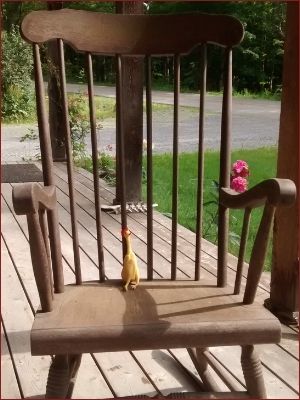
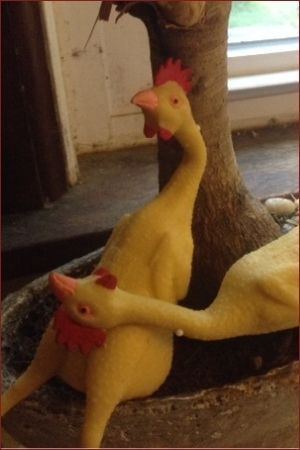
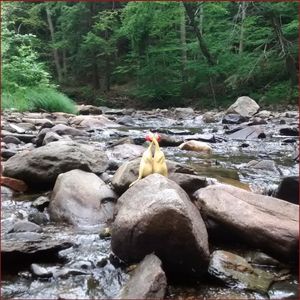
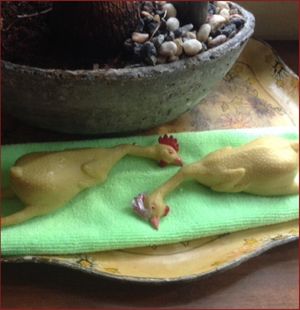
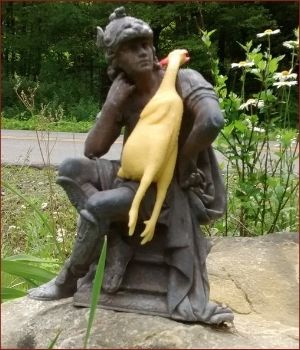
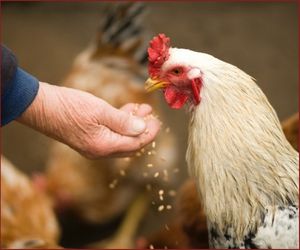


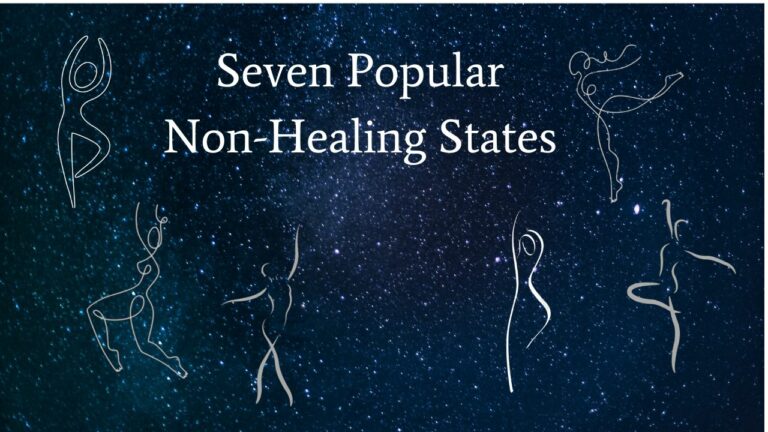


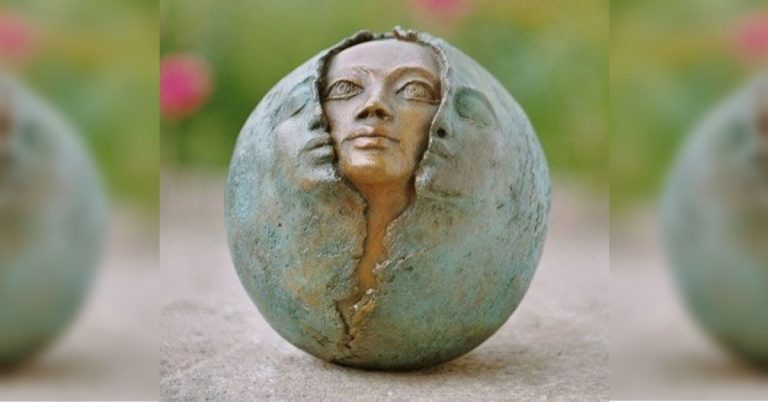

could you say why you choose ‘trust’ instead of ‘know’?
For most people, knowing implies intellectual apprehension—a cognitive understanding, rather than an embodied experience involving a deep relaxation response. Trust engages the parasympathetic. It is a powerfully recognized sense of ease that flows through our whole being. Knowledge that does not involve this deep polyvagal shift is very different than the kind of sensing that I am talking about here.